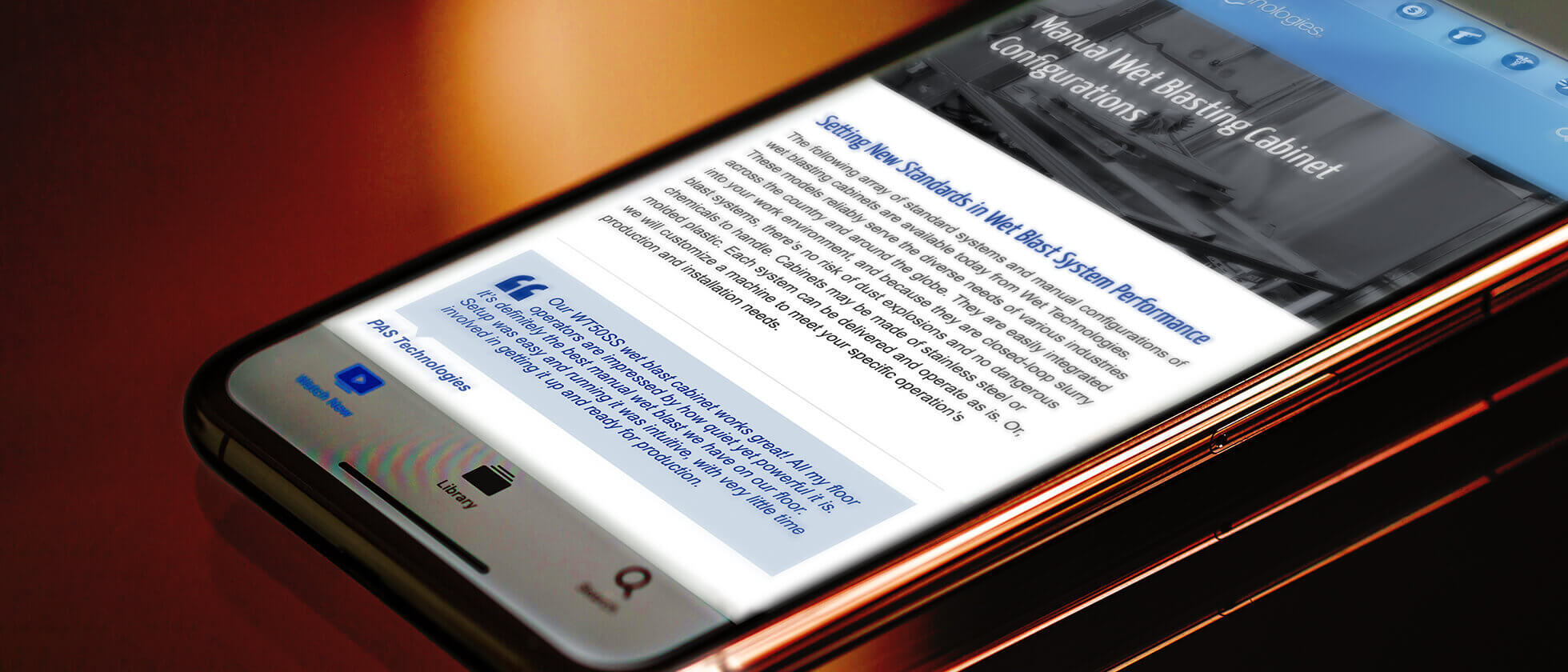We hear it all the time, “I want my website ranking on the first page of Google.” Understandable, and to varying degrees, necessary. It’s also understandable that frustration arises—for both agencies and clients—when we begin to examine where, why and how to match a website’s content to search inquiries. Because the answers people search for online do not always jive neatly with what our clients would like to say about themselves.
The number one SERP (Search Engine Results Page)
problem — lack of original content
Adam sells industrial equipment and supplies. He’s extremely loyal to a dozen suppliers, and has repurposed a great deal of their website content on his website. Why reinvent the wheel? All the facts and figures are there.
Adam also has a strong client base that’s extremely loyal to him. The roots of these relationships go back decades, and while the foundation of good relationships—primarily trust—is equally important in new relationships, the tools we use to build those foundations have changed. There’s less time talking on the phone, fewer face-to-face meetings in conference rooms and clubs, and more time spent online. Which is why website ranking is important.
So while Adam’s had great success on the ninth hole at the country club, where a client finally let down their guard enough to reveal their true pain points…or a bond may have been forged over an ice-cold beer while disclosing information at the bar…now we’ve got to reach out across the World Wide Web and make that kind of connection electronically, asking prospects to, of all things, fill out a form, text a bot, or pick up an ice-cold phone.

So how do you build trust when your prospect can’t look you in the eye?
The answer is, tell your story. Not the elevator pitch. (And please not the extended version of your elevator pitch…) That’s first hole, I’ll-just-have-a-soda material. We’re talking about the real story…how you were motivated to develop your product or service by a problem someone confided in you. The underserved market you were shocked no one else could see. The process of trial and error that investors and stakeholders endured before the breakthrough. The personality quirks that took you down the road less travelled. How your team surprised you with success where and when you least expected it.
Be Generous—and genuine—with what you share.
If you sincerely get deep into all this human struggle, serendipity and celebration, you’re bound to strike a chord with someone somewhere. And the internet is very happy to share its intelligence with you to identify exactly which part of which story resonated for which target market. So why don’t our clients readily embrace this process?
First, because it’s hard work. You’ve got to set aside serious time to ask and answer the kinds of questions that aren’t in your elevator pitch. We call it a discovery session (maybe a few sessions, plural). If we do this correctly, a clear and singular strategy will emerge.
Second, vulnerability. We’ve all been taught to put our best foot forward. But if you gloss over the strife, the mistakes, and the times you and your clients were blindsided…well…who will believe you?
Third, paranoia. What if the competition reads this? They could exploit your vulnerabilities. They may try to copy your proprietary ideas. Well, let ’em try.

Begin with discovery. Then tell your True Story.
Speaking discreetly on a golf course or in a dimly lit pub is one thing. Blasting your truth to the wide open world is another. But there are many good reasons, and rewards, if you open up to articulate and share your uncensored story.
Google loves original, informative content.
They always have, but only recently has their algorithm ever been so overtly engineered for it. It’s no coincidence that a recent update of this omnipotent search engine is named “Helpful Content” as opposed to “Panda” or “Fred”. That’s why we love to build websites that educate, elaborate and extend beyond the elevator pitch—with company history, case studies, definitions and demonstrations—these are the sites that perform the best.
The content that most directly answers a viewer’s question will have the best chance of boosting your website ranking.
Google gives you all kinds of feedback in the form of Analytics…free!
Of course it does take time and money to analyze that data and lay out a plan to use what you learn. But that gold mine—which begins to build as soon as you publish content—will always be there for you when you’re ready to explore and exploit it.
Become a thought leader in your industry.
Tell the untold truth, or share useful information freely, and you’ll become the recognized expert that everyone trusts. And quotes. Reposts. Likes. Links back to.
Support your sales team.
When travel and other scheduled commitments make it hard to give each prospect their due attention, useful information is always on your website to peruse.
Differentiate yourself.
Anyone can claim to be the leader. Best service. Exceeding expectations. Finest quality. Greatest value. All of this is meaningless in SERPs because it’s not specific enough to your unique offering. You’re swimming in too big and diluted a pool. Figure out what only you can say—truthfully, informatively and helpfully—that no one else can say.
Be objective.
It’s hard to step outside your own skin to do this. We know because we’ve helped dozens of companies open up that can of worms, and bait hooks with them (there’s another article to come on this subject…).

The team at content2engage knows exactly how to guide you through this. And because it can be daunting, we’re more than happy to answer your questions and concerns in a 30 or 60 minute conversation, free of charge, before we begin.
Look for future articles that explore your website’s ranking on Google Search Results Pages. Because while it’s not necessarily true, especially in B2B, that you need to be number one in the SERPS…well it certainly doesn’t hurt!
